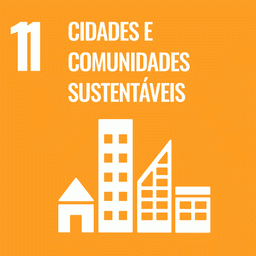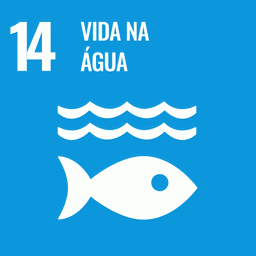Secondary forests in the Amazon are important carbon sinks, biodiversity reser-voirs, and connections between forest fragments. However, their regrowth ishighly threatened by fire. Using airborne laser scanning (ALS), surveyedbetween 2016 and 2018, we analyzed canopy metrics in burned (fires occurredbetween 2001 and 2018) and unburned secondary forests across different suc-cessional stages and their ability to recover after fire. We assessed maximumand mean canopy height, openness at 5 and 10 m, canopy roughness, leaf areaindex (LAI) and leaf area height volume (LAHV) for 20 sites across South-EastAmazonia (ranging from 375 to 1200 ha). Compared to unburned forests,burned forests had reductions in canopy height, LAI, and LAHV, and increasesin openness and roughness. These effects were more pronounced in early suc-cessional (ES) than later successional (LS) stages, for example, mean canopyheight decreased 33% in ES and 14% in LS and LAI decreased 36% in ES and18% in LS. Forests in ES stages were less resistant to fire, but more resilient(capable of recovering from a disturbance) in their post-fire regrowth than LSstage forests. Data extrapolation from our models suggests that canopy struc-ture partially recovers with time since fire for six out of seven canopy metrics;however, LAI and LAHV in LS forests may never fully recover. Our results indi-cate that successional stage-specific management and policies that mitigate
Comércio Ribeirinho Solidário – uma alternativa para geração de renda na Amazônia
Este projeto teve como objetivo contribuir para o fortalecimento do Comércio Ribeirinho solidário. Esta iniciativa, comandada pela ASPROC e com apoio do CNS e da AMARU, mostra como a organização comunitária pode contribuir na construção de tecnologias sociais para o enfrentamento de seus desafios.



